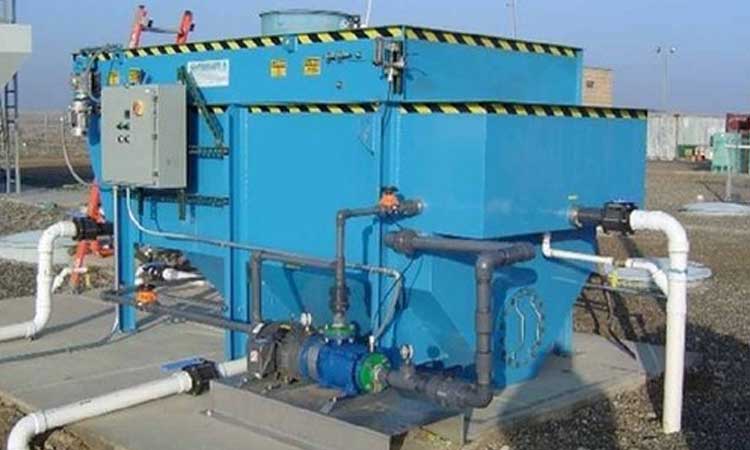
Effluent Treatment Plant Importance And Its Benefit
Wastewater generated from factories and households needs to be treated because it will negatively impact aquatic life. After using these natural resources, water in industries becomes contaminated. This article tries to give information on wastewater treatment methods, especially focused on the effluent treatment plant. Let us discuss the benefits of an effluent treatment plant in treating wastewater.
ETP involves a wastewater treatment process for treating contaminants in organic matter, inorganic matter, heavy metals, oil & grease, suspended solids etc. The methodology used for ETP can be either batch process or continuous flow process. It is mostly installed in industries like the textile industry, medicine manufacturing, leather industry, and chemicals industry.
Every ecosystem relies on water in some regard. Not only that but surface and underground water are always connected. And when water is contaminated by effluent or any number of other man-made forms of waste, those ecosystems are put at serious risk. A huge amount of waste disposal can contaminate a far wider range of animals and environments than you may even know.
Pollution is nothing but the resources we are not harvesting. We allow them to disperse because we’ve been ignorant of their value.- R. Buckminster Fuller
An effluent treatment plant cleans industrial effluents, contaminated water from outlet pipes, reservoirs, rivers, lakes, etc., and reclaimed the water resource for different purposes. Such an Effluent Treatment Plant ensures that the contaminated and polluted water from industries gets treated and becomes reusable before being released to nature. Without this treatment, it will not be possible for humans to get clean, usable water for household purposes.
Effluent treatment plants are classified in the following:
- Chemical treatment
- Biological treatment
- Thermal treatment
The basic principle of operation of ETP is a physico-chemical treatment followed by polishing treatments like- Sand Filtration, Activated Charcoal Treatment, Ozonation, Ultrafiltration, Reverse Osmosis and Evaporation.
These effluent treatment plants save energy and remove pollution effluent with economic operations and meet government standards. The design of an effluent treatment plant is highly dependent on industry and site. Untreated effluent quality and treated effluent quality are majorly considered in the process of wastewater treatment plant design. Also, now coming to the selection treatment process involves considering other multiple factors, such as treatment efficiency, cost, and reliability.
Characteristics of wastewater is another prime aspect to be considered in terms of physical, chemical and biological characteristics. The size of an effluent treatment plant, i.e. ETP depends upon its flow of wastewater. The sewage discharge should be treated correctly, considering all possible reasons for controlling any trouble in hydraulic computations, channels and pipes.
Treating wastewater is a process that helps protect our planet and all the creatures living on it, including you. A cleaner future is possible, but it will have to start with a new approach to an old problem. Therefore, we can say that our effluent treatment plant (ETP) is one of the best solutions to your industrial waste. And we, the manufacturers of wastewater treatment plants assure the desired results with good quality services.
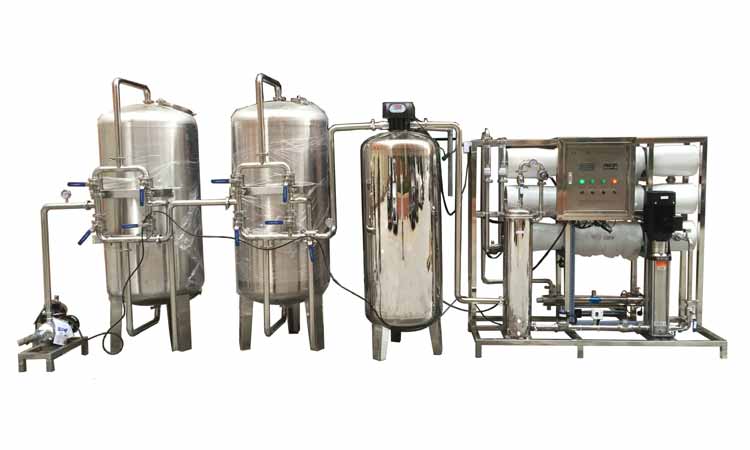
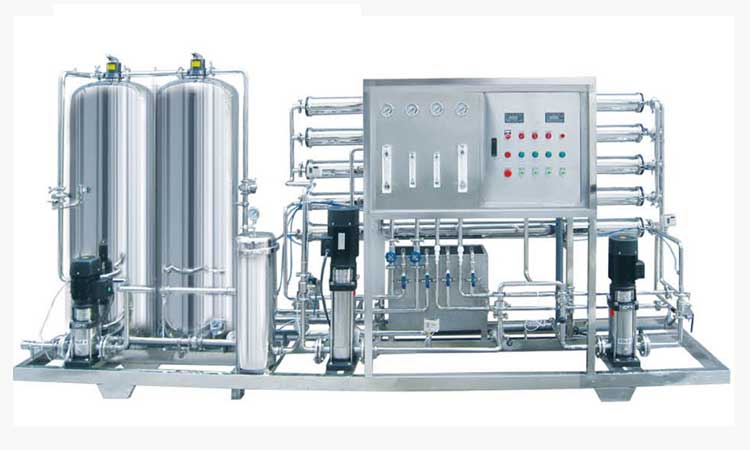
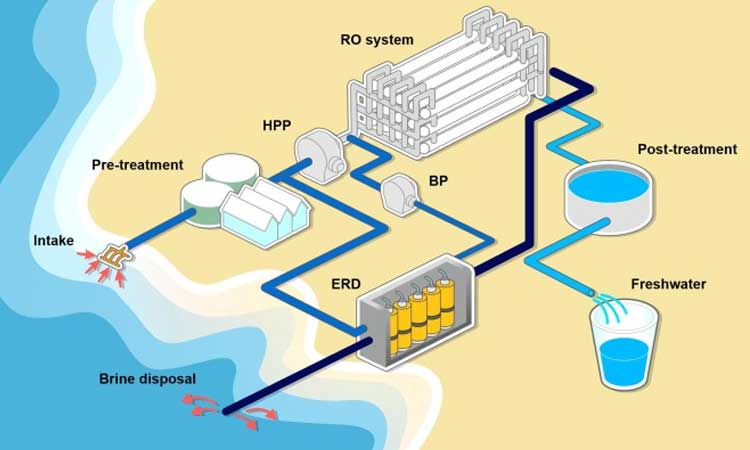
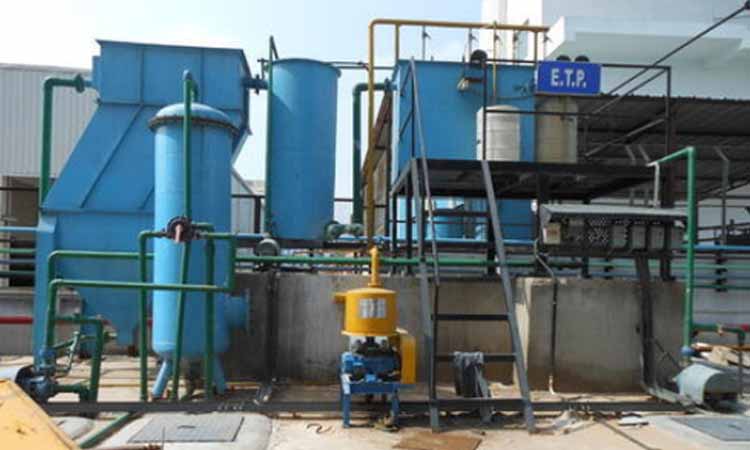
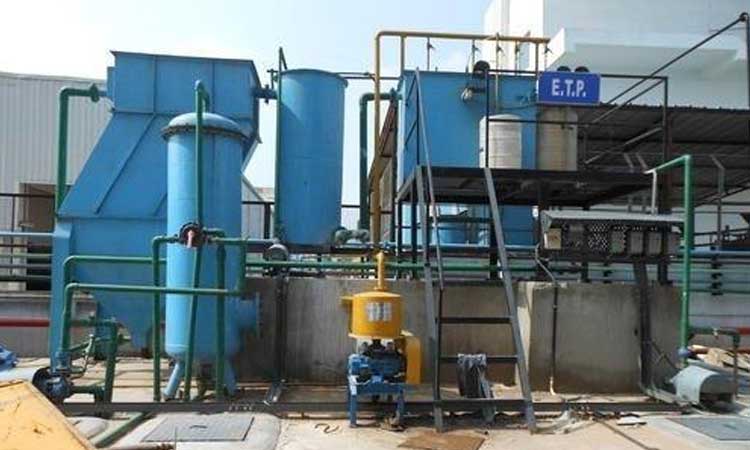
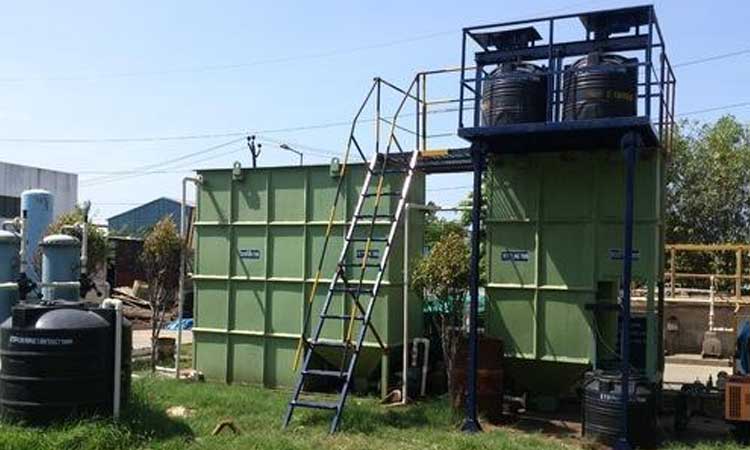
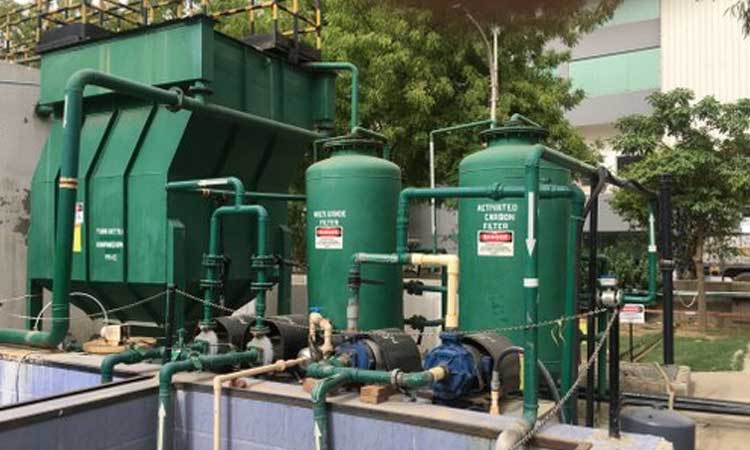

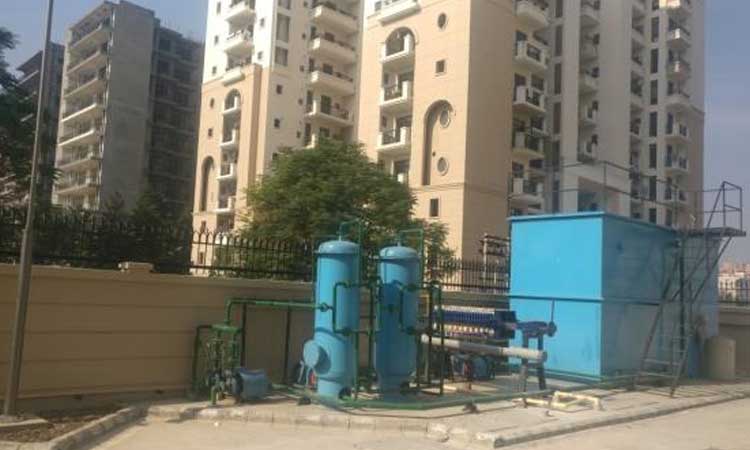
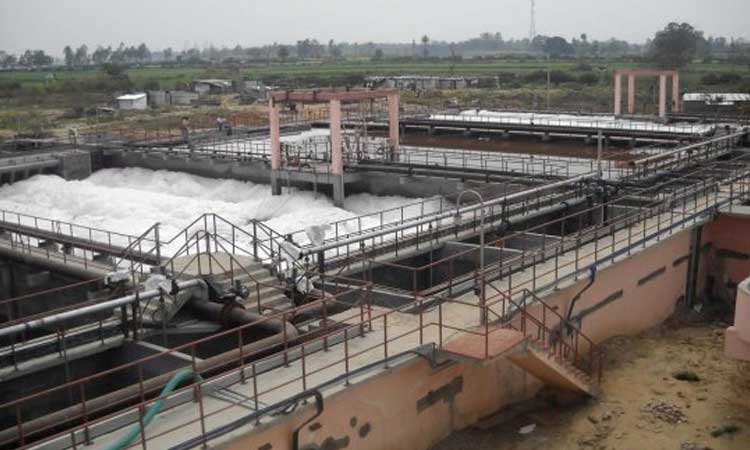
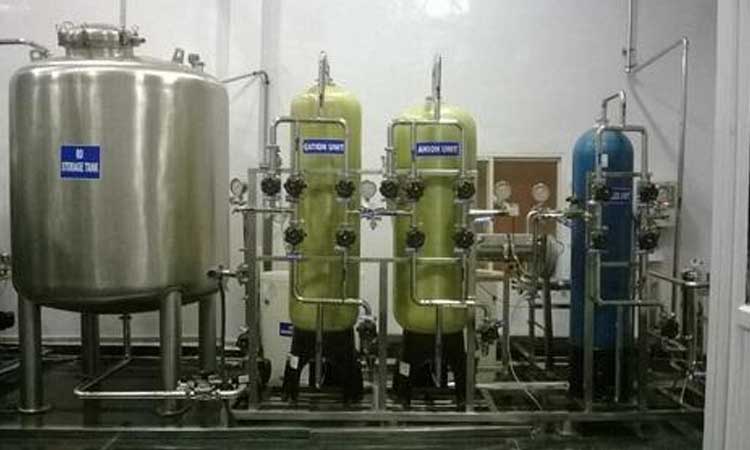

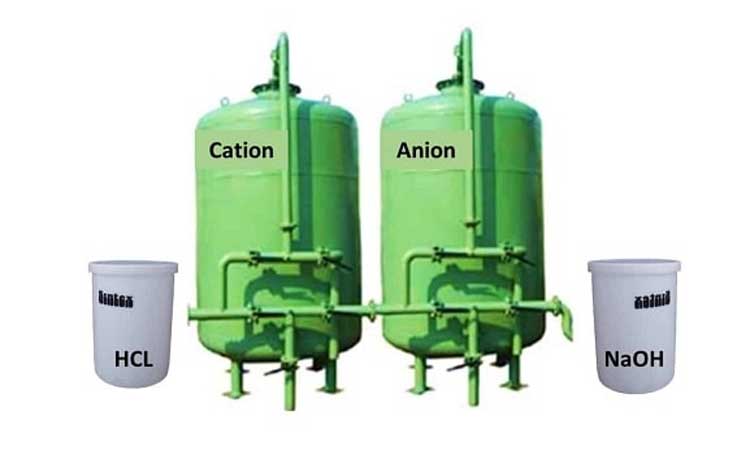

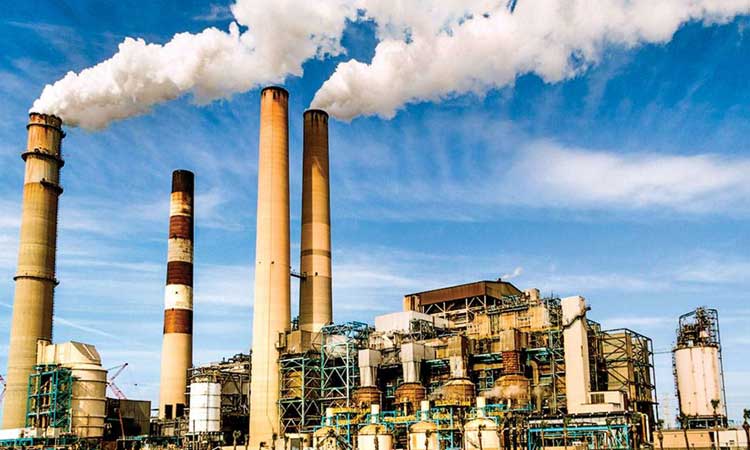
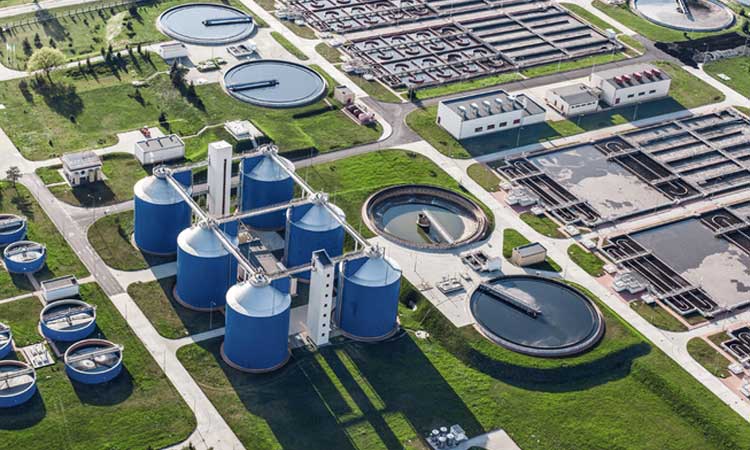


Comments
Water treatment plant basically checks the pH of the water and other parameters like the acidity ,alkalinity ,TDS. But in an effluent treatment plant, the waste is checked through various parameters like presence of heavy metals ,radioactive elements etc.
Effluent from industries -- especially manufacturing plants -- contains chemicals that could be harmful to the environment. Therefore, responsible companies have to ensure that the wastewater released from their industries has been treated before being released into rivers, dams, ground, etc.
In modern wastewater treatment plants today, the treatment of pharmaceuticals is a problem. Being that, most are not removed through conventional secondary or tertiary treatment technologies.